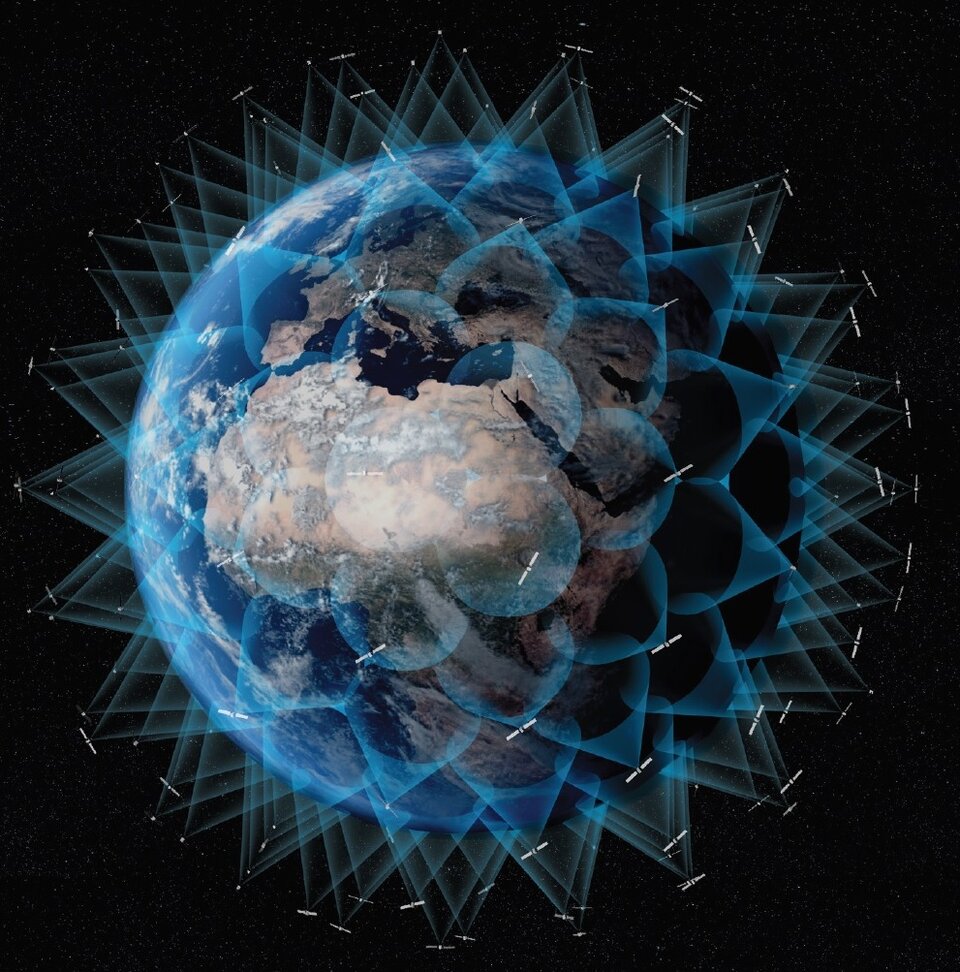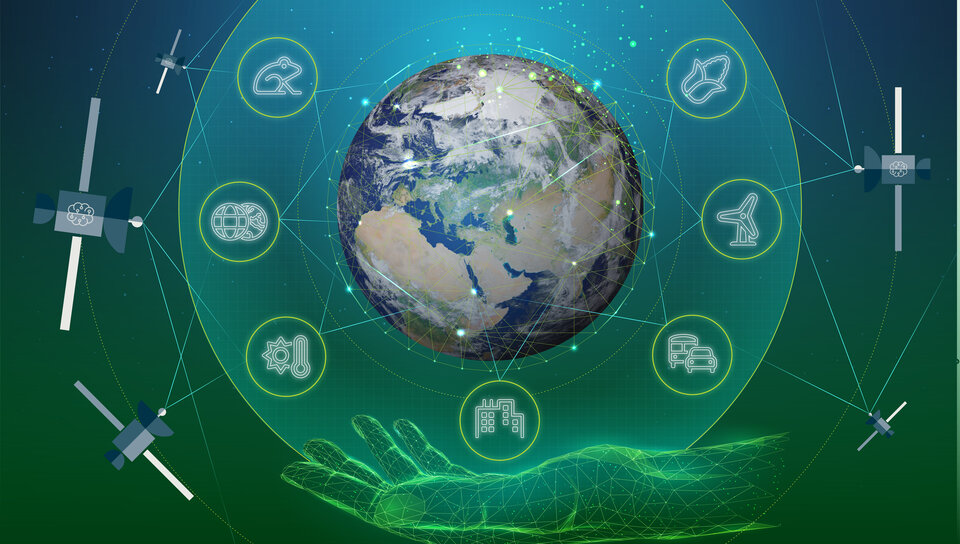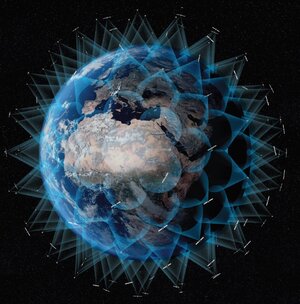ESA boosts efforts to launch missions into Very Low Earth Orbits
Successfully launching and keeping satellites in Very Low Earth Orbits (VLEO) is challenging, but missions in these orbits could improve telecommunications and the way we study our planet, while reducing the problem of space debris. ESA is funding new ideas to make this a reality.
Very Low Earth Orbit (VLEO) refers to altitudes of less than 450 kilometers above the Earth's surface. Satellites in VLEO have unique advantages. Due to their proximity to the planet, they can provide higher resolution imagery and reduced latency for communications. This shorter distance also means that launching these satellites is cheaper than launching to more distant orbits. In addition, because satellites in VLEO are naturally subject to atmospheric drag, they re-enter the Earth's atmosphere at the end of their operational life and thus do not contribute to the growth of space debris.

However, maintaining a mission in such an orbit is challenging. One problem is that at such altitudes some elements, such as atomic oxygen, can corrode and destroy spacecraft. Another is that VLEO has significant atmospheric drag, which pulls the satellite down and destabilises its orbit. It is therefore essential that spacecraft in VLEO are made of robust materials that can withstand corrosive agents and have some form of propulsion system to keep them in orbit.
ESA's Discovery programme recently called for ideas to mitigate these and other challenges faced by VLEO missions.
"The campaign has been very successful because we have received very interesting proposals that address all of these issues," says Luca Maresi, ESA principal engineer and campaign manager.
Of all the ideas submitted by institutions, start-ups, companies and researchers from all over Europe, twelve have received funding and are now being implemented. The ideas fall into three main categories: aerodynamics, propulsion, and innovative Earth observation and telecommunications systems.
Aerodynamics and a harsh environment

Some of the projects under development focus on issues related to the harsh conditions of Very Low Earth Orbits. For example, a consortium is developing a small sensor to monitor how atomic oxygen would degrade a VLEO mission over long periods of time, once in orbit. This will provide important insights into the materials and strategies for future VLEO spacecraft capable of withstanding the corrosive nature of the atmosphere in this orbit.
Keeping missions in orbit with the right propulsion
Propulsion is a key aspect of VLEO missions. To maintain their operational orbit and ensure longevity, satellites in VLEO require propulsion systems to counteract the constant atmospheric drag experienced in VLEO. But designing these systems isn't easy. They need to be efficient to counteract atmospheric drag, yet lightweight and compact, as VLEO missions tend to be designed on a smaller scale. Add to this the corrosive environment and it becomes even more challenging for engineers to design propulsion systems that meet all these requirements.

Within this campaign, several projects are focused on investigating and prototyping the components needed for a new type of propulsion called Atmospheric-Breathing Electric Propulsion - ABEP for short. ABEP systems use atmospheric molecules as propellant to provide thrust compensation, making full use of the thin atmosphere in low orbit and reducing the weight of propellant carried on the satellite, thereby extending the mission lifetime.
"We don't have this technology yet, but we are doing a lot of research and development to make ABEP a reality one day," adds Maresi.
Innovative EO and telecommunication systems
Satellites in VLEO can capture higher resolution images and more accurate data due to their proximity to the Earth's surface, improving environmental monitoring, disaster response and resource management. In addition, the reduced latency in VLEO improves real-time communications capabilities, making telecommunications systems more efficient and responsive.
Several of the funded projects are working on VLEO missions that could bring new capabilities to both the Earth observation and telecommunications markets.

An interesting prospect is that of continuous monitoring and real-time transmission of Earth observation data. One of the teams aims to demonstrate a constellation of VLEO satellites able to provide persistent observation capability. One such concept promises to provide 1 metre resolution, very low latency and low cost imagery. The proposed satellite incorporates key technologies including atomic oxygen resistant materials, low drag satellite shape and material coatings, and compact electric propulsion.
Other funded ideas focus on benefitting from VLEO to monitor plastic debris, to measure wind and atmospheric parameters, and improve telecommunications and internet access for users worldwide. "With VLEO, we are opening the door to very low data latency for telecommunications in remote areas," says Maresi.
ESA’s long-term strategy with VLEO

VLEO is one of the key elements of ESA's vision and is included in the Technology Vision 2040 in a continuous effort to shape and grow the disruptive space technologies of tomorrow.
Speaking about the future of VLEO, Maresi highlights the disruptive change that missions in this orbit could bring. Because VLEO spacecraft don't pose a space debris problem and are so much cheaper to launch, Maresi is confident that there is a lot of potential in exploring this orbit. "The future of VLEO looks bright."






